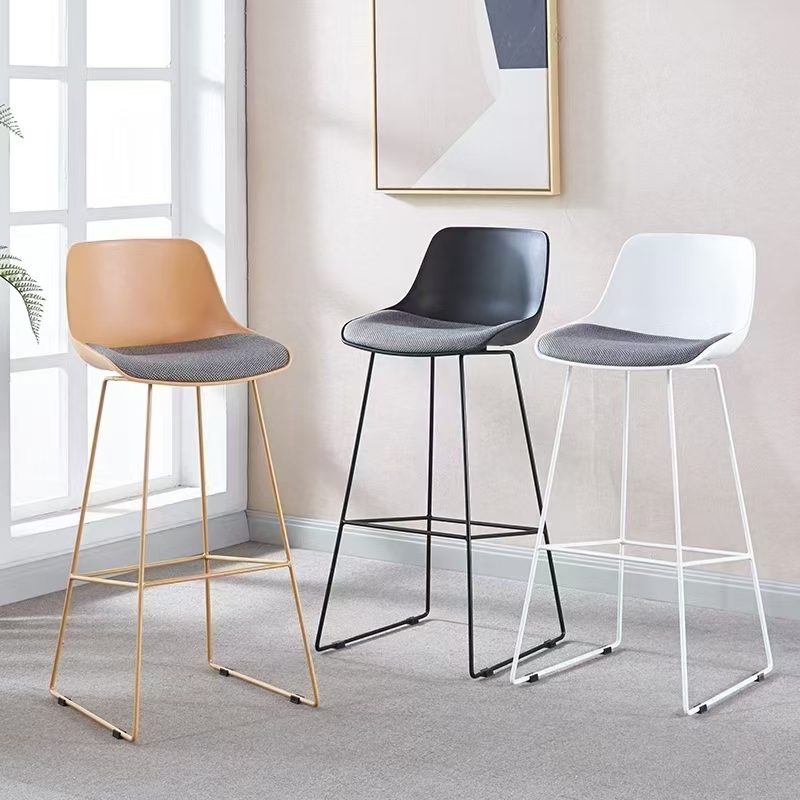
In an era where consumers crave uniqueness and brands strive for differentiation, custom furniture production has emerged as a cornerstone of success in the global furniture trade. From boutique hotels seeking one-of-a-kind decor to tech startups designing ergonomic office spaces, the demand for tailored, high-quality furniture has surged. China, long recognized as a manufacturing powerhouse, has refined its capabilities in custom furniture production to meet these evolving needs—offering a blend of craftsmanship, technology, and scalability that few regions can match. In this guide, we explore why China stands out in custom furniture production and how to harness its expertise to elevate your brand.
The Global Demand for Custom Furniture: Why “One-Size-Fits-All” Is No Longer Enough
Modern consumers prioritize personalization. A 2023 report by Statista found that 68% of global shoppers prefer products tailored to their preferences, and furniture is no exception. For brands, this shift means moving beyond mass-produced, generic designs to offer pieces that align with specific aesthetics, functional requirements, or brand identities.
Consider hospitality: Hotels and resorts now compete not just on service but on ambiance, driving demand for custom headboards, dining sets, and lobby furniture that reflect their brand story. Similarly, residential buyers seek furniture that fits unique home layouts—think L-shaped sofas for awkward corners or built-in bookshelves for small apartments.
In this landscape, custom furniture production isn’t a luxury; it’s a necessity. Brands that partner with factories capable of delivering tailored solutions gain a competitive edge by meeting these niche demands efficiently.
What Defines Excellence in Custom Furniture Production?
Not all custom furniture factories are created equal. To deliver exceptional results, a factory must excel in three key areas:
1. Design Collaboration: Translating Ideas into Reality
Customization starts with understanding the client’s vision. Top China-based factories specialize in design collaboration, working closely with clients to refine concepts from sketches, 3D renderings, or even rough ideas. This process often involves:
– Iterative prototyping: Creating low-cost samples to test dimensions, materials, and aesthetics before full-scale production.
– Material expertise: Advising on the best woods (e.g., oak for durability, walnut for luxury), fabrics (e.g., performance linen for outdoor use), or finishes (e.g., matte lacquer for a modern look) to align with the design and budget.
– Ergonomic considerations: Ensuring furniture meets functional needs—such as adjustable-height desks for home offices or deep-seated sofas for living rooms.
This collaborative approach minimizes revisions later, saving time and costs while ensuring the final product exceeds expectations.
2. Material Flexibility: Sourcing for Quality and Sustainability
Custom furniture production hinges on access to diverse, high-quality materials. Chinese factories leverage a vast network of domestic and international suppliers, offering:
– Wood options: From sustainably sourced hardwoods (FSC-certified teak, oak) to engineered woods (MDF, plywood) for cost-effective yet durable solutions.
– Upholstery materials: Performance fabrics (stain-resistant, UV-protective) for commercial use, or luxury linens and leathers for residential spaces.
– Finishes: Eco-friendly paints, stains, and sealants (low VOC, water-based) to comply with global regulations (e.g., REACH in Europe, CARB in the U.S.).
This flexibility allows brands to cater to specific preferences—from a boutique wanting reclaimed wood for a “vintage” look to a corporate client prioritizing fire-retardant materials for office furniture.
3. Precision Manufacturing: Balancing Art and Technology
Custom furniture demands precision, especially for complex designs (e.g., curved edges, modular components, or intricate carvings). Leading Chinese factories combine traditional craftsmanship with advanced technology:
– CNC machining: Computer-controlled cutting and shaping ensure tight tolerances (often within 0.1mm), critical for consistency in large orders.
– Hand-finishing: Skilled artisans add final touches—like hand-painted details or hand-rubbed stains—to elevate aesthetics beyond machine-made quality.
– Quality control: Rigorous inspections at every stage (material intake, cutting, assembly, packaging) to eliminate defects and ensure compliance with international standards (e.g., ISO 9001).
Why Choose China for Custom Furniture Production?
China’s dominance in custom furniture production stems from a unique blend of advantages:
– Cost Efficiency: While labor costs have risen, China remains competitive due to economies of scale, efficient supply chains, and lower overhead for raw materials. This allows brands to offer custom pieces at accessible price points without compromising quality.
– Craftsmanship Heritage: With a millennia-old tradition of woodworking, Chinese factories often employ artisans with decades of experience, ensuring meticulous attention to detail—whether hand-carving wood or stitching upholstery.
– Technological Integration: Chinese factories invest heavily in automation and digital tools, from 3D design software to automated assembly lines. This fusion of old-world skill and new-world tech enables both small-batch customization and large-scale production.
– Global Compliance Expertise: Experienced factories understand international regulations—from safety standards (e.g., EN 1729 for furniture) to environmental laws—ensuring products clear customs and meet buyer’ market requirements.
How to Partner with a China Custom Furniture Factory: Key Steps
To maximize the success of your custom furniture project, follow these steps when selecting and working with a Chinese factory:
1. Define Your Requirements: Clearly outline design specs, materials, quantities, and timelines. Ambiguities can lead to costly delays.
2. Audit Factories: Request samples of past custom work, review client testimonials, and ask about certifications (e.g., FSC, ISO). Virtual factory tours can also reveal production capabilities.
3. Start Small: Begin with a prototype to test quality, communication, and timelines before committing to large orders.
4. Clarify Logistics: Agree on shipping terms (FOB, CIF), packaging requirements, and after-sales support (e.g., repairs, replacements).
Conclusion
Custom furniture production is more than a service—it’s a partnership between brands and manufacturers to bring unique visions to life. China’s furniture factories, with their blend of craftsmanship, technology, and global expertise, are uniquely positioned to deliver these solutions. By prioritizing collaboration, material flexibility, and precision, brands can leverage China’s capabilities to create custom furniture that resonates with customers, drives sales, and sets them apart in a crowded market.
Whether you’re a startup launching a niche collection or an established brand expanding into new markets, partnering with a skilled China-based custom furniture factory is the key to turning your ideas into iconic, market-ready products.
Article link:https://www.vlefooena.com/manufacturer/4427/

No reply content